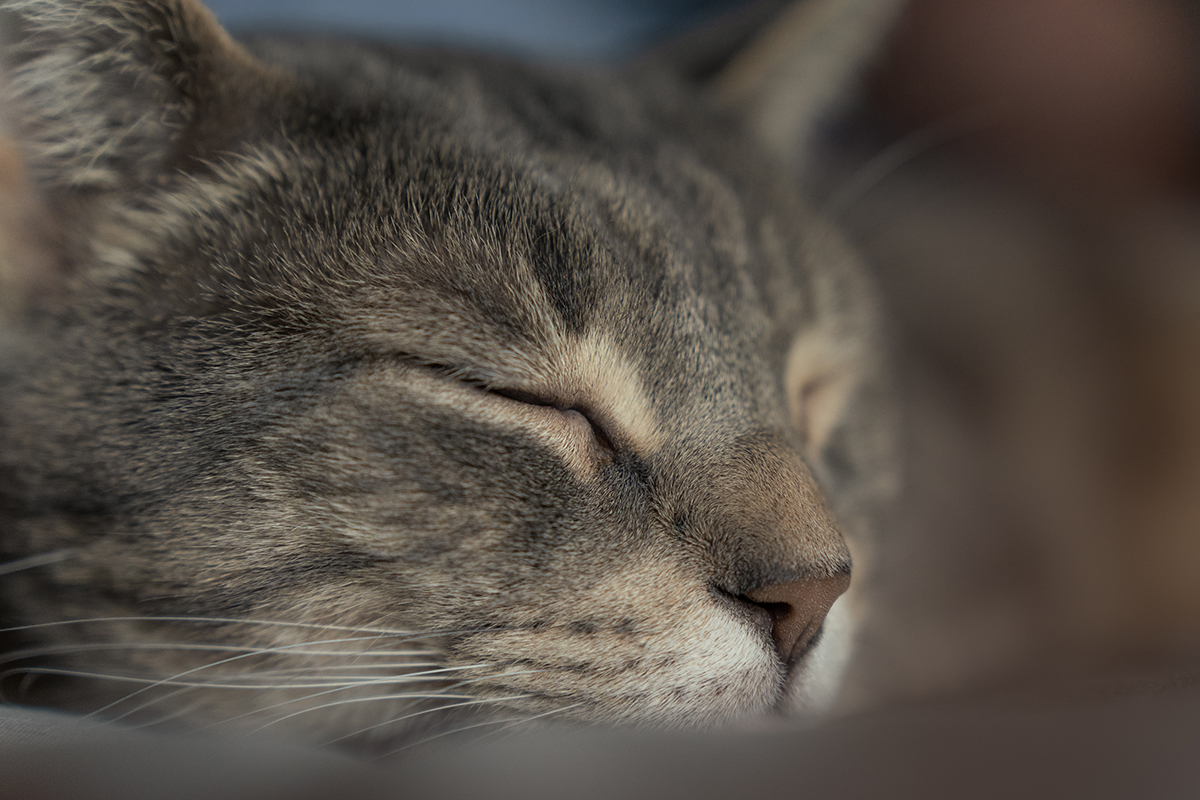Anti-Chaos Close-Ups
Felipe Prieto creates relaxing, uncluttered macro-style photos with his Tamron 28-75mm F2.8 G2 zoom lens.
Share the article:
More Photo Tips | Video Gallery | Photo Gallery | Enewsletter sign-up
By Jenn Gidman
Images by Felipe Prieto
Felipe Prieto has long been a fan of Tamron fast zoom lenses and the Tamron 28-75mm F/2.8 Di III VXD G2 zoom lens for portraits taken using his Sony mirrorless camera system. But when he’s not working or traveling and craves a little downtime, the Colombian native likes to wander around his Philadelphia-area home or in his yard and garden seeking out subjects for a more intimate type of photo. “I enjoy taking close-ups and taking my time, which doesn’t often happen in more hectic portrait sessions,” he says. “Close-up photography is like a type of therapy for me.”
With a minimum object distance (MOD) of 7.1 inches at the 28mm end and a maximum magnification ratio of 1:2.7, the 28-75mm G2 lens offers Felipe entry into the world of macro-style photography. “Plus, the photos I take with this lens offer me the softest, creamiest look, especially when taken at the maximum F2.8 aperture—which is the aperture I typically prefer to use for this type of image, as I don’t like to focus on too much in the background,” he says.
Felipe’s focus for his close-ups is driven by a desire to capture a single subject that stands out from the rest, surrounded by a soft, soothing atmosphere that’s enhanced by his play with light and shadow. “I don’t like chaos in my images,” he says. “I appreciate subtlety. You can see that in my photo of the orange plant, where I draw the viewer’s eye gently to the middle of the flower. Or take the photos here of my cat Sky. He’s the best model and doesn’t mind me getting really close to him. I liked being able to sneak a shot of him sleeping, but also use Tamron's fast zoom lens to zoom in on his eye, where you can see the detail the 28-75mm G2 lens is capable of.”

28-75 (75mm), F2.8, 1/2000 sec., ISO 125
Click image to view larger

28-75 (67mm), F2.8, 1/200 sec., ISO 2000
Click image to view larger

28-75 (28mm), F2.8, 1/200 sec., ISO 2000
Click image to view larger
FELIPE’S PHOTOGRAPHY QUICK TIPS
Learn to shoot in any light.
There’s nothing like all-natural light, in my book. But while I do prefer early morning light for my landscape photography—I love that hazy morning fog—it doesn’t matter to me what light I’m shooting in when it comes to close-up photography. Most of the images here were taken in the middle of the day. Don’t limit yourself to a particular time of day when shooting.
Make composition a process of exploration.
Start by setting up your camera on a tripod and putting in place the appropriate settings for your subject, considering such factors as focal length and lighting. Then, let your creativity flow by moving your camera around, experimenting with different angles and perspectives. Look for elements within your subject that can become the focal point. For instance, in one of my photos here, the plant I was photographing had many blades of grass sticking out. I experimented with various compositions, finally deciding on placing some of the blades directly in front of my lens. I liked how much of the background is blurred out, thanks to the F2.8 aperture I used, which gives the photo a soft, almost painterly look.

28-75 (75mm), F2.8, 1/800 sec., ISO 125
Click image to view larger
Consider an external monitor.
Unlike portrait photography, where you can use the viewfinder, macro photography often requires you to position your camera at unusual or awkward angles, especially when capturing subjects close to the ground. In those cases, an external monitor can prove to be an invaluable tool. It allows you to view your shot from a more comfortable and convenient position, reducing the strain on your body and improving your ability to compose and focus accurately.

28-75 (75mm), F2.8, 1/2500 sec., ISO 500
Click image to view larger
Customize post-processing to your particular style.
Especially pay close attention to colors that resonate with you. For example, for whatever reason, the color green appeals to me. But it has to be green—if there’s a yellowish-green tint to any of my images, I make sure to adjust that during the editing process. You don’t have to drastically alter your photos to get them to align to your personal style: It might just take a little bit of fine-tuning to make your images uniquely yours.

28-75 (75mm), F5.6, 1/500 sec., ISO 500
Click image to view larger
To see more of Felipe Prieto’s work, check out his Instagram.
Is your Tamron News subscription up to date? Click to subscribe to all editions of Tamron News featuring how-to tips, new product news, contest announcements and inspiration!
More Photo Tips | Watch Videos | Learn More About Tamron Lenses | Photo Gallery
